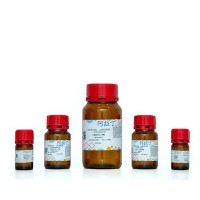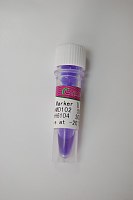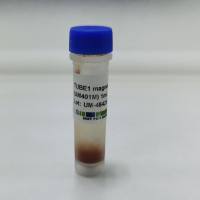DNA Shuffling and Family Shuffling for In Vitro Gene Evolution
互联网
776
DNA shuffling is a developed technique that allows accelerated and directed protein evolution in vitro. In this method, the
acquisition of genes encoding improved proteins is done in two steps: First, a single gene is mutagenized, and desired mutant
genes are selected; second, the mutant genes are fragmented by DNase I, and subsequently recombined in vitro, by using polymerase
chain reaction (PCR). Among the recombinants (i.e., the products of DNA shuffling), those producing most favored proteins
are isolated (1
,2
) Fig. 1
). Modified versions of the DNA shuffling exist: Random priming was used to generate DNA fragment, instead of the DNase I
digestion (3
) Fig. 1
); PCR conditions, with very short annealing/extension steps, were employed to increase the frequency of recombination (4
). Using these techniques, a number of improved enzymes have been obtained (1
–9
). When the DNA shuffling is done using a set of homologous genes, instead of a set of mutant genes derived from a single
gene, this technique is called “family shuffling” Fig. 2
). Family shuffling utilizes naturally occurring nucleotide substitutions among family genes as the driving force for the
in vitro evolution. The application of the family shuffling strategy has also provided many successful examples (10
–15
).



Fig. 1.
DNA shuffling. In vitro evolution of genes consists of repeated cycles of two steps: random mutagenesis and DNA shuffling
of mutations. In the first step (random mutagenesis/screening), several mutants are isolated from a target gene. In the second
step, the mutant genes are segmented by DNase I, then reassembled by PCR without primer, and amplified by PCR with primers.
DNAs created by DNA shuffling are used to transform a recipient (usually E. coli
), and transformed strains are selected for desired phenotypes. Instead of the DNase I segmentation, random-priming synthesis
of short fragments can be used.

Fig. 2.
Family shuffling. Contemporary genes belonging to the same gene family are derived from a single ancestral gene after repeated
introduction of mutations through the natural divergent evolution processes. The shuffling of the family gene sequences creates
a library of chimeric genes, from which desired chimera are selected.







